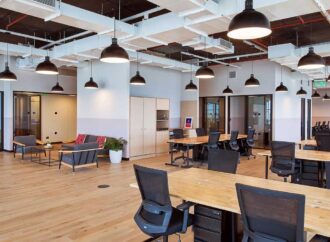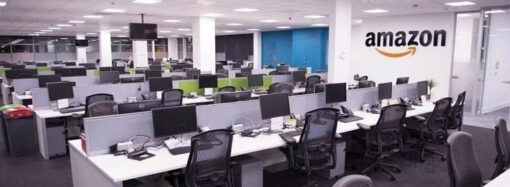Explore the transformation of flexible offices in India, from niche market to recognized industry. Learn how technology, service-oriented approaches, and user-centric models are driving growth and reshaping the future of workspaces. Discover strategies for sustainability and expansion in this evolving sector.
The Evolution of Flexible Offices in India
In the last decade, India’s flexible office sector has undergone a dramatic transformation. Flexible workspaces have become the go-to choice for businesses across sizes. This shift is significant, indicating a new perception and utilization of workspaces. The key drivers behind the growth of flexible offices in India means for the future of work.
1. Recognition as an Industry
Flexible office spaces in India have evolved from a niche market into a recognized industry. As reported by CBRE, the flexible workspace inventory reached around 30 million square feet by the end of 2023, marking a substantial increase. The demand for cost-effective, scalable, and adaptive work environments that cater to both large enterprises and startups fuels this growth.
Government initiatives like the Startup India campaign have also supported the flexible office industry, making it easier for new businesses to thrive without the constraints of long-term leases. This recognition has attracted significant investment, with major players like WeWork, Awfis, and Regus expanding their presence in major Indian cities.
2. Prioritizing Service Over Business
The success of flexible offices hinges on their service-oriented approach. Unlike traditional offices that focus on leasing space, flexible workspaces emphasize the overall experience of their occupants. Standard services include high-speed internet, administrative support, community events, and networking opportunities.
According to a survey by Knight Frank India, 70% of flexible workspace users value community and collaboration more than just space utilization. This shift in focus has not only increased user satisfaction but also fostered a sense of community among occupants, making flexible workspaces more than mere places to work.
3. Leveraging Technology and Standardizing Hospitality
Technology is crucial in the flexible office sector, helping clients make informed decisions even before visiting the space. Virtual tours, 3D floor plans, and augmented reality experiences allow potential occupants to explore workspaces remotely. A JLL report indicates that over 40% of flexible office operators in India are adopting or have adopted such technologies to enhance user experience and decision-making.
The standardization of hospitality services through technology ensures a consistent, high-quality experience across locations. From seamless check-ins using facial recognition to personalized workspace settings controlled via mobile apps, technology has redefined the flexible office experience.
4. Adapting to Evolving Occupant Needs
Flexible workspaces excel in adapting to the evolving needs of their occupants. This adaptability is essential in an era where work requirements are constantly changing. Flexibility in space usage—such as hot-desking, private cabins, and collaborative zones—ensures that workspaces can be tailored to individual and team needs.
Operators adopt a user-centric approach, regularly seeking feedback and implementing changes to enhance the occupant experience. The concept of “office-as-a-service” is gaining traction, where the workspace is continually refined to meet user demands, from ergonomic furniture to wellness programs.
5. Optimizing Inventory with Digitalization
Digitalizing workspace management is another key factor in the rise of flexible offices. Advanced inventory management systems allow operators to optimize space usage, track occupancy patterns, and accurately forecast demand. This digital approach maximizes resource utilization and ensures spaces are available when needed.
A report by Colliers International notes that using digital tools for workspace management can increase occupancy efficiency by up to 20%. This optimization is crucial for maintaining profitability and sustainability in the competitive flexible office market. Real-time data analytics also provide insights that help operators enhance their offerings and stay ahead of industry trends.
Recommendations for the Future
1. Embrace Hybrid Models: As remote work gains traction, flexible office providers should offer hybrid solutions catering to both in-office and remote employees.
2. Enhance Technological Integration: Invest in advanced technologies like AI, IoT, and blockchain to streamline operations, enhance user experiences, and improve space management.
3. Focus on Sustainability: Implement eco-friendly practices and design sustainable workspaces to appeal to environmentally conscious businesses and reduce operational costs.
4. Expand to Tier 2 and Tier 3 Cities: With the rise of remote work, there is a growing demand for flexible office spaces in smaller cities. Expanding to these markets can capture new opportunities and drive growth.
5. Strengthen Community Building: Foster a strong sense of community through networking events, professional development programs, and collaborative initiatives that add value to the occupant experience.
Conclusion
The flexible office industry in India represents more than a temporary trend; it signifies a fundamental shift in how we view workspaces. Recognized as a robust industry, it thrives on a service-oriented approach, cutting-edge technology, and a continually evolving user experience. By optimizing inventory through digitalization, flexible offices are poised to redefine the future of work in India. With its user-centric model and adaptive capabilities, it is well-equipped to meet the evolving demands of the modern workforce, making it an integral part of India’s economic landscape.
2 comments






















